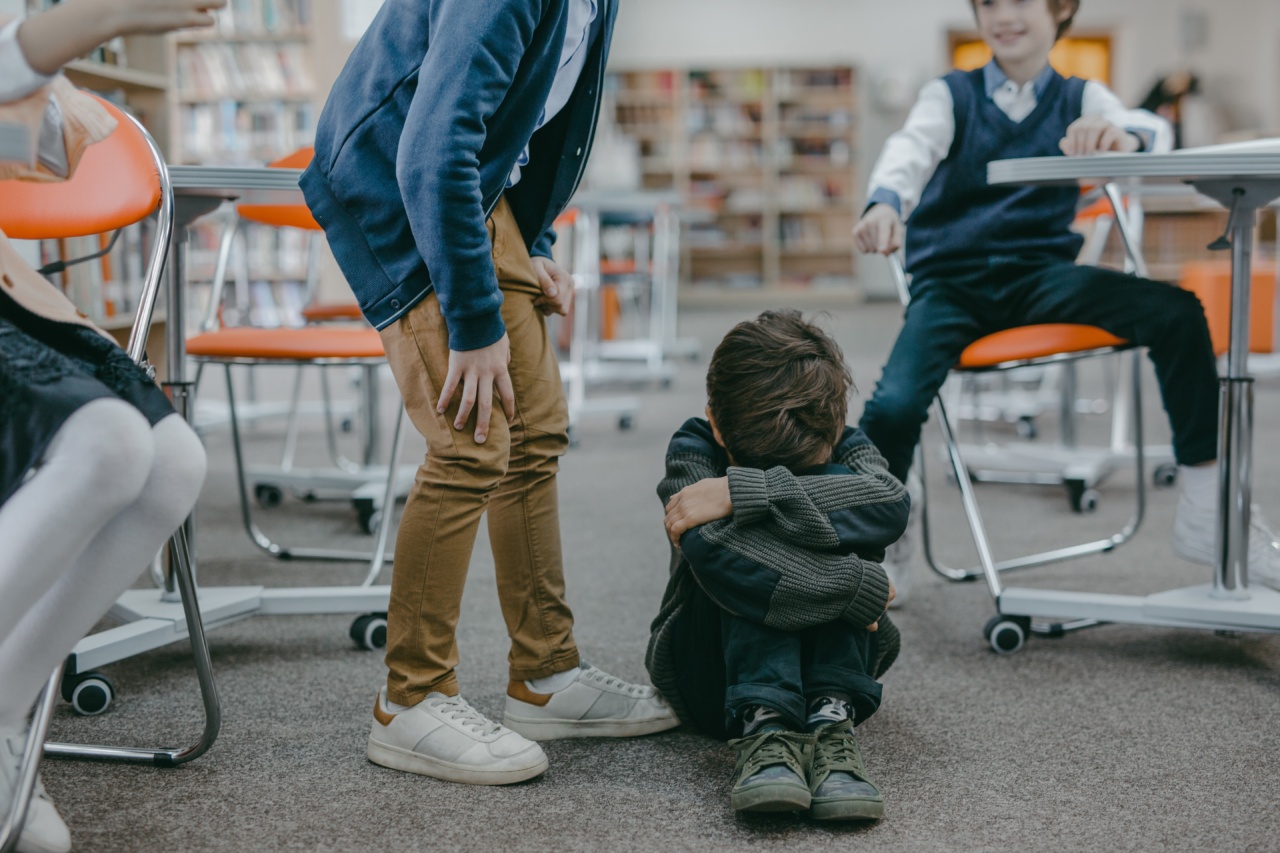Child abuse is a deeply troubling and distressing occurrence that affects millions of children around the world.
While physical injuries resulting from abuse are often visible and easily identifiable, it is the invisible wounds that can have the most profound and long-lasting impact on a child’s well-being. These invisible wounds encompass the emotional, psychological, and developmental consequences that are inflicted upon a child due to abuse, leaving scars that may last a lifetime.
The Far-Reaching Effects of Emotional Abuse
Emotional abuse, though lacking visible physical signs, can be just as damaging as physical abuse.
The constant belittlement, rejection, and humiliation experienced by abused children can lead to low self-esteem, depression, anxiety, and a host of other emotional and psychological problems. These invisible wounds often manifest in adulthood, making it challenging for survivors to form healthy relationships, trust others, or develop a positive sense of self.
The Devastating Toll of Sexual Abuse
Sexual abuse is perhaps one of the most devastating forms of child abuse, leaving indelible scars on a child’s psyche.
The invisible wounds of sexual abuse can affect a survivor’s ability to form and maintain intimate relationships, causing difficulties with trust, intimacy, and sexual functioning. Many survivors also experience shame, guilt, and self-blame, which can lead to a cycle of self-destructive behaviors, including substance abuse, self-harm, and even suicidal tendencies.
Unseen Consequences of Neglect
Neglect, often overlooked in discussions about child abuse, can have severe and long-lasting consequences.
The absence of nurturing and care can hinder a child’s emotional and cognitive development, leading to difficulties in school, impaired social skills, and a higher risk of mental health disorders later in life. The invisible wounds of neglect can create a lifelong struggle for those affected, as they may constantly battle feelings of unworthiness and a pervasive sense of emptiness.
The Role of Psychological Trauma
Child abuse, regardless of its form, inflicts psychological trauma on the victims. The constant exposure to dangerous or harmful situations can lead to post-traumatic stress disorder (PTSD), resulting in nightmares, flashbacks, and severe anxiety.
Additionally, the invisible wounds of trauma can impact a child’s brain development, hindering their cognitive abilities, decision-making skills, and capacity to regulate emotions. The long-term effects of psychological trauma can disrupt every aspect of a survivor’s life, from education and employment to personal relationships and overall well-being.
Breaking the Cycle
The invisible wounds of child abuse are pervasive, affecting individuals and society as a whole. It is crucial to address child abuse not only for the well-being of survivors but also to prevent future generations from enduring the same fate.
By increasing awareness, promoting early intervention, and providing support and resources to survivors, we can begin to heal these invisible wounds and empower individuals to break the cycle of abuse.
The Importance of Healing and Support
As a society, it is our collective responsibility to support survivors of child abuse in their journey towards healing and recovery.
This involves providing access to therapy, counseling, and other mental health services tailored to their specific needs. Healing from the invisible wounds of abuse may be a lifelong process, but with the right support network, survivors can reclaim their lives, rebuild their self-worth, and find hope for a brighter future.
Educating and Empowering communities
Education is a vital tool in the fight against child abuse. By raising awareness about the signs and consequences of abuse, we can empower individuals to recognize and report suspected cases, ensuring that children receive the protection they need.
It is also essential to educate parents, caregivers, and communities about healthy parenting techniques, stress management strategies, and the prevention of abusive behaviors. Through education and empowerment, we can create a safer environment for children and reduce the prevalence of child abuse.
Advocacy and Policy Changes
Advocating for policy changes and stricter legislation regarding child abuse is essential for protecting vulnerable children and holding perpetrators accountable.
Legal frameworks should prioritize the best interests of the child and provide adequate resources for support services. Additionally, society must break the silence surrounding child abuse and eliminate the stigma associated with seeking help.
By fostering a culture of openness and support, we can encourage survivors to come forward, seek justice, and begin the healing process.
Building Resilience and Hope
While the invisible wounds of child abuse can be overwhelming, it is essential to remember that resilience is possible.
Building resilience involves nurturing healthy coping mechanisms, instilling a sense of self-worth, and providing survivors with the necessary tools to overcome their traumatic experiences. By fostering a sense of hope and resilience, we can empower survivors to break free from the invisible wounds of child abuse and create a brighter future.




























